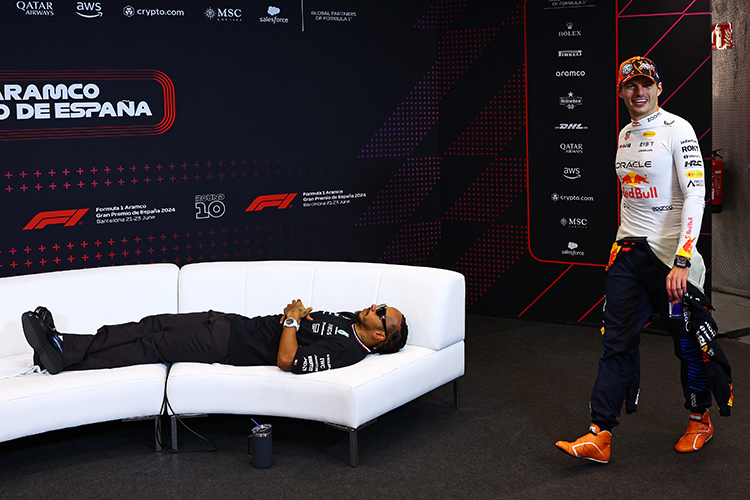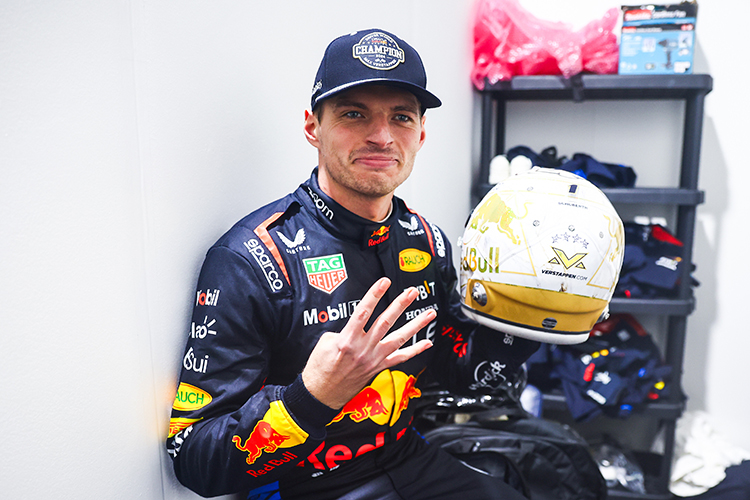Key Logistical Challenges in the Formula 1 Paddock

Formula 1 World Champions: A legacy of racing legends
What are some of the key logistical challenges faced by teams in the Paddock?
Explore the logistical challenges faced by Formula 1 teams in the paddock, including global travel, space constraints, time pressures, and unforeseen issues.
Behind the glitz and glamour of Formula 1 lies a complex web of logistical operations, particularly in the paddock—the epicenter of activity during a race weekend. For teams, the paddock is a hive of precision and efficiency, but ensuring smooth operations here is no small feat. From transporting equipment across continents to managing limited space, teams face a variety of logistical challenges.
Global Travel and Freight Management
With a calendar spanning multiple continents, transporting equipment is one of the most significant challenges for F1 teams. Each team must move around 40 tons of gear, including cars, spare parts, garage setups, tools, and hospitality equipment, to every race.
Logistics become even more demanding during back-to-back races, especially on different continents. Teams rely on air freight and shipping containers to move their assets. Timing is critical; any delay could disrupt setup in the paddock.
Flyaway races also bring customs clearance challenges. Varying regulations require meticulous planning to avoid bottlenecks at borders and ensure smooth transitions.
Space Constraints
The paddock is a limited space shared by 10 teams, the FIA, broadcasters, and sponsors. Organizing this area is a logistical puzzle, requiring precise planning to ensure everyone has sufficient room to operate efficiently.
Each team is allocated a designated space for motorhomes, garages, and support vehicles. Setting up these areas is a race against time, as everything must be operational before the first practice session. Teams also optimize their zones to accommodate engineers, mechanics, and hospitality staff.
Time Pressures
Time is a critical resource in Formula 1. Teams have just a few days to transform the paddock from an empty space into a fully functioning hub. Setting up motorhomes, garages, and facilities requires seamless coordination.
Tight schedules are particularly challenging during triple-header weekends, where races occur on three consecutive weekends. Dismantling, transporting, and reassembling paddock infrastructure in such short timeframes places enormous strain on logistics teams.
Energy and Resource Management
Running a paddock operation requires significant energy and resources. Teams often rely on generators to set up temporary power supplies and manage water resources for catering, hygiene, and cooling systems.
Sustainability is becoming a critical focus. Teams face increasing pressure to reduce their carbon footprint, prompting exploration of efficient logistics and renewable energy solutions.
Personnel Coordination
F1 teams consist of hundreds of people, from engineers and mechanics to marketing staff and chefs. Coordinating this workforce in the paddock is a significant logistical challenge. Ensuring each individual is in the right place at the right time is crucial for success.
Accommodation and travel arrangements add another layer of complexity, particularly during high-demand events like the Monaco Grand Prix or in remote locations.
Unforeseen Challenges
Even with meticulous planning, teams must be prepared for the unexpected. Weather conditions, for example, can disrupt transportation schedules or damage paddock infrastructure. Equipment breakdowns or technical issues can also derail plans.
Teams mitigate these risks by implementing redundancies, such as duplicating spare parts and using different transport routes to ensure availability.
Media and Sponsor Commitments
Apart from operational logistics, teams manage media and sponsor obligations. This includes setting up press areas, organizing driver interviews, and hosting VIP guests in hospitality suites. Balancing these activities with race preparations stretches team resources further.
Conclusion
The paddock is a cornerstone of Formula 1’s operations, but its complexity presents teams with numerous logistical challenges. From navigating tight schedules and global travel demands to managing limited space and unforeseen issues, every aspect of paddock logistics requires precision and adaptability.
Despite these hurdles, F1 teams consistently deliver, ensuring the seamless execution of each race weekend. Their ability to overcome logistical challenges highlights the meticulous planning and coordination that defines the pinnacle of motorsport.
Up Next


